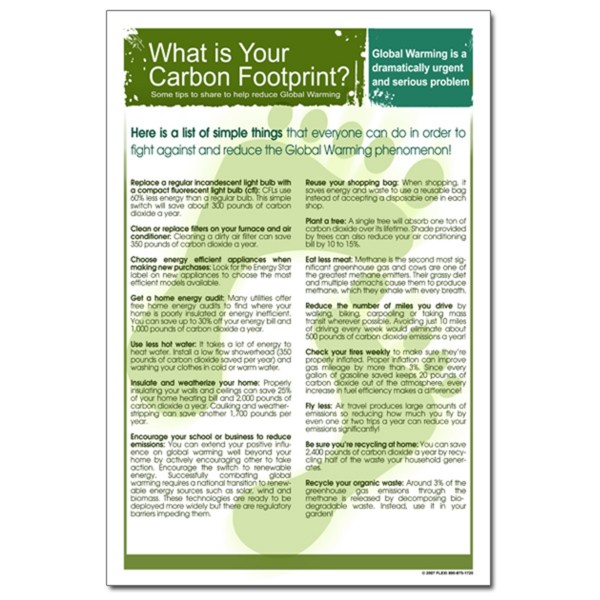Snow Leopards – A Keystone Species
Friday, October 23 is International Snow Leopard Day! A day celebrating the adoption of the Bishkek Declaration in 2013. With this proclamation the 12 snow leopard range countries pledged to ensure that snow leopards and the people who live among them thrive in healthy ecosystems that contribute to the prosperity and well-being of their countries and the planet.
Snow leopards have adapted to life on steep terrains at heights between 3,000 -5,400 meters above sea level. Due to the complex terrain and altitude these cats require a large home range in order to find adequate prey such as mountain goats and sheep. Climate change is a contributing factor to the decline of the snow leopard. According to National Geographic and WWF more than 30% of the snow leopard's habitat could be drastically altered if climate change is not slowed down. The permafrost covering parts of the snow leopard's habitat is threatened by global warming. Snow leopards are found above the tree line and it is shifting higher in their eastern range as temperatures rise, resulting in smaller available habitat areas.
Snow leopards are keystone species and according to National Geographic, “A keystone species is an organism that helps define an entire ecosystem. Without its keystone species, the ecosystem would be dramatically different or cease to exist altogether….If a keystone species were to disappear from the ecosystem, no other species would be able to fill its ecological niche. The ecosystem would be forced to radically change, allowing new and possibly invasive species to populate the habitat.” This is why protecting the snow leopard is so vital.
How can we help?
Being more energy efficient in our daily lives can have an effect on climate change and save you money!
- Replacing five of your most used light bulbs to LED lighting can save up to $75 a year!
- Installing a smart thermostat can result in savings between $130-150 annually!
For more tips and to find extra savings on energy efficient products visit National Grid Marketplace: https://uny.home.marketplace.nationalgridus.com/homepage?fbclid=IwAR3OgKKWKIoxyuYUiiUniLdLmVloVPga72DeK6vovQF-vQIbul2WNaL-IB0
Learning about your carbon footprint can help reduce global warming!

Are you up for a challenge?
- Commit to adjusting your thermostat by a degree this winter to save energy!
- Power down electronic devices to reduce greenhouse gas pollution.
- Reduce idling your vehicle to save fuel!
Visit https://polarbearsinternational.org/get-involved/student/ to learn more.



